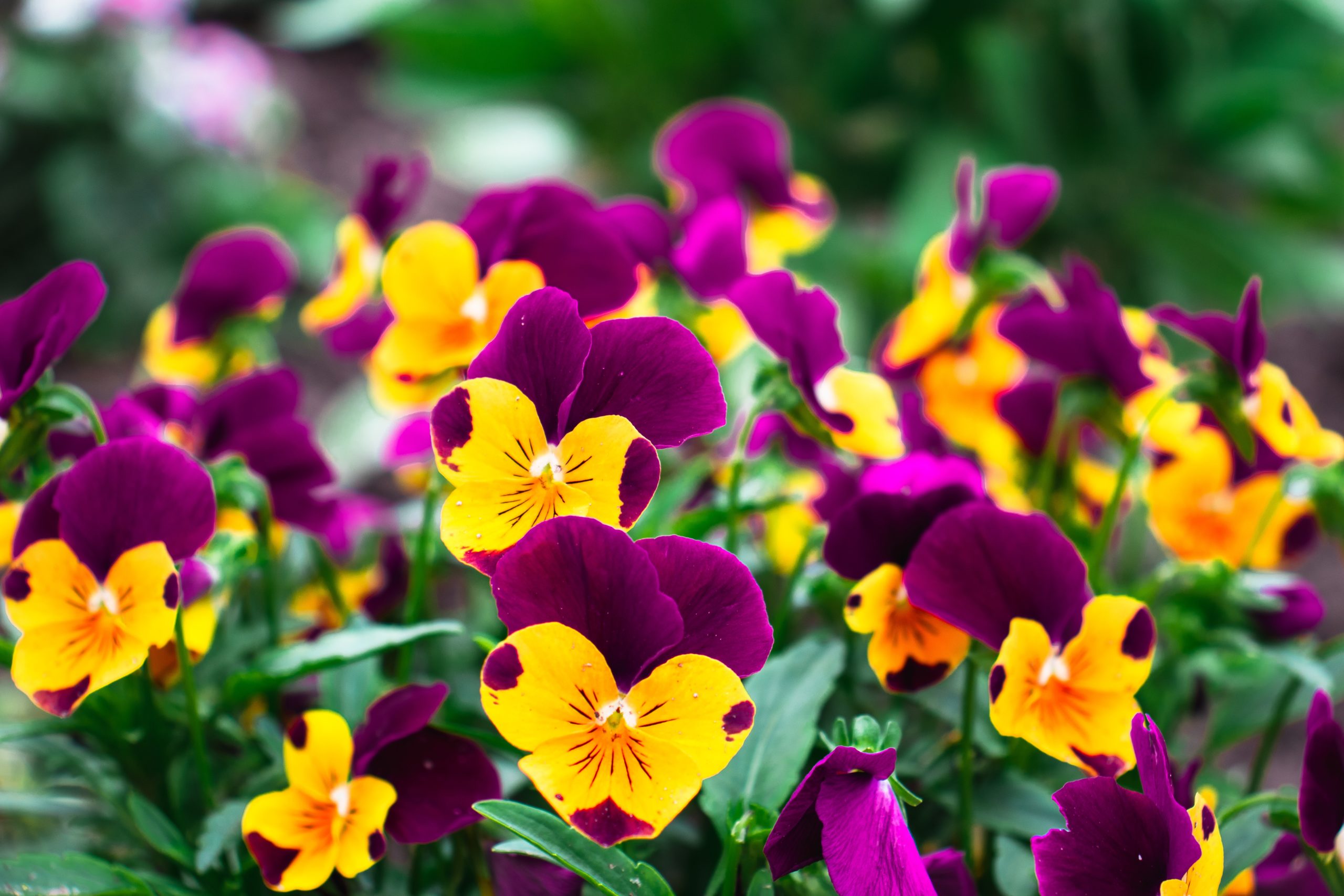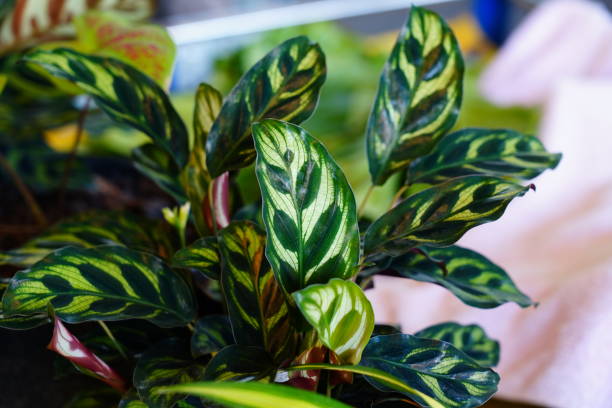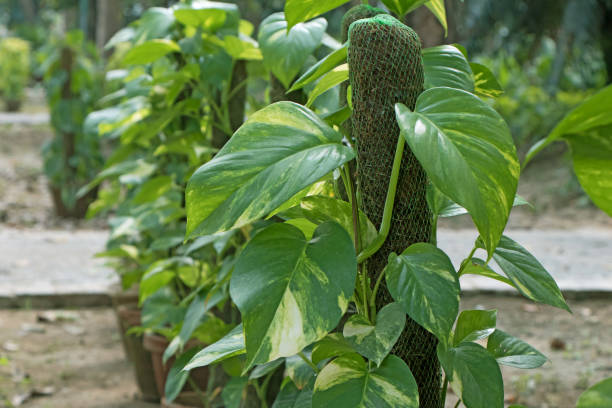Outdoor Winter Plants to Add Colors to Your Winter Garden

Winter is finally here, and the beautiful garden in the summer and spring is becoming a distant memory. But just because the weather is getting chillier does not mean you have to say goodbye to your colorful garden. There are plenty of outdoor winter plants that can survive in winter and can fill your garden with color, silhouette, and scent.
Even though winter adds chill in the air, that doesn’t mean the gardening season is over. Many shrubs, perennials, and annuals bloom and look amazing in the coldest months of the year. We have rounded up a list of the best outdoor winter plants to help you add colors to your garden.
Outdoor Winter Plants
If you are a garden lover, then you can make your backyard colorful with the best flowering plants for hanging baskets and colorful plants. But what about winter? Don’t let your garden go dormant and bare over the cold months. With these winter flowering plants, you will be sure to brighten up your flower borders and pots in no time.
Coneflower
Botanical Name – Echinacea
Common Name – Coneflowers
Native Area – Eastern and Central North America
Genus – Echinacea
Mature Size – 140 cm
Coneflowers are one of the popular perennials, and for a good reason. They are easy to grow, drought resistant, make great cut flowers, bloom for months, and attract pollinators as well as birds.
They are popularly known for purple flowers, but that they come in glorious yellow, red, pink, chartreuse, and red flowers. The colors make it fall in the list of the best colorful winter plants. Though they don’t maintain a beautiful color during the freezing temperature, the beautiful color comes back in the spring.
If you love to enjoy songbirds and butterflies in your garden, then planting coneflowers is a good idea. Each composite flower offers a buffet table for butterflies. Moreover, they also attract hummingbirds and honeybees.
Pro Tip – Plant them where they can get full sun.
Blue Spruce
Botanical Name – Picea Pungens
Common Name – Blue Spruce
Native Area – North America
Genus – Picea
Mature Size – 23 m
Blue Spruce is also popularly known as Colorado spruce, Colorado blue spruce, or blue Colorado spruce. It is a conical-shaped evergreen tree with short, stiff needles and stiff horizontal branches. It not only looks beautiful when covered in snow but also adds a lush-green touch to your garden. Blue Spruce is one of the best fall winter plants.
The tree loves full sun and acts as an amazing wind and visual screen. Blue Spruce looks amazing in early winter, midwinter, as well as late winter, which makes it a perfect fall and winter plant. They are adaptable to a wide range of soil; however, they need good drainage. The best thing about Spruce is that they need less pruning, which makes it one of the best low maintenance outdoor plants.
Pro Tip – Protect Spruce from the drying winds.
Catmint
Botanical Name – Nepeta Cataria
Common Name – Catmint
Native Area – South and Eastern Europe, Central and Middle East Asia, and parts of China
Genus – Nepeta
Mature Size – 50-100 cm
Catmint is also known as catswort, catmint, catnip
Catmint is a popular aromatic herb that is usually grown in gardens. It is one of the best winter plants for outside. It produces clusters of lavender-blue flowers in the middle of gray-green foliage.
The plant not only adds beauty to your garden but can also be used to make herbal tea. Moreover, it is also an insect repellent. Catmint can be used dried, frozen, or fresh for herbal and culinary use. You can add the shoots and leaves to sauces and hot soups.
This plant is especially resilient and can easily tolerate drought, poor soil conditions, and partial sun.
Wintergreen Boxwood
Botanical Name – Buxus
Common Name – Boxwood, Wintergreen Boxwood, Korean Boxwood
Native Area – Western and Southern Europe, Africa, Central America, Mexico, Madagascar
Genus – Buxus
Mature Size – 2-12m
If you are looking for a perfect evergreen shrub, then this one is the perfect choice for you. Wintergreen Boxwood, also known as Korean Boxwood, is a beautiful shrub and is one of the best fall and winter plants.
Boxwood is a slow-growing shrub covered with hardy green foliage. Usually, the shrubs lose their colors in winter, but the Wintergreen is always green and vibrant. It looks great when covered in a snow blanket.
The shallow roots of the plant require mulch covering for protection during winter. It is highly versatile and can be used as a hedge.
Pro Tips – Grow Wintergreen Boxwood in full sun.
Snowdrop
Botanical Name – Galanthus
Common Name – Snowdrop
Native Area – Europe
Genus – Galanthus
Mature Size – 10 cm
Snowdrop is one of the best-potted trees that survive in winter. They are the earliest garden flower that blooms in the late winter season or early spring. In fact, they sometimes emerge when snow is present on the ground. They are perennials and reliably hardy.
Snowdrops are small perennial herbs with basal linear leaves and bulbs. They have small flowers that are composed of six white tepals. These droop-headed flowers look amazing in rock gardens or at the front borders. They are popularly known for the dramatic effect as the flowers dance in the breeze. If you are looking for something that gives a happy vibe to your garden, then this one is a perfect choice for you.
Pro Tip – Keep pets and kids away from Snowdrop plants as they are poisonous.
Coral Bells
Botanical Name – Heuchera
Common Name – Coral Bells
Native Area – North America
Genus – Heuchera
Mature Size – 15 – 30 cm
Coral Bells are one of the best outdoor winter plants. Moreover, coral bells are also one of the best-potted trees that survive in winter.
If you are looking for something that adds stunning color to your garden, then Coral Bells are a perfect choice for you. They give lots of flowers and have an intense variety of foliage colors, which will make you fall in love with them.
You can easily grow them in the garden as they naturally grow in warren areas. Their mounding and low-growing habit make them a perfect addition to the edges of a natural garden.
Pro Tip – If you grow them in a container, then move them to the ground in expectation of the first frost.
Lily of the Valley
Botanical Name – Convallaria Majalis
Common Name – Lily of the Valley
Native Area – Northern Hemisphere in Asia and Europe
Genus – Convallaria
Mature Size – 15-30 cm
If you are looking for fragrant blooming plants that give winter flowers, then Lily of the Valley is the right choice for your garden. It is one of the best fall and winter plants.
The stems of this beautiful plant are covered with lodging, tiny white bell-shaped flowers with sweet perfume, and bright green leaves. It is a moisture-loving plant with red seed pods that remain after flowering. Due to this, they are the most attractive plants.
Though it looks delicate, it is a tough plant. The best thing about this plant is that it can tolerate shade and require partial sun. The best growing conditions for Lily of Valley include moist soil and partial shade.
Pro Tip – Lily of the Valley is a naturally poisonous plant, so keep the kids and pets away from it.
Pansies
Botanical Name – Viola x wittrockiana
Common Name – Pansy
Native Area – Europe, Eastern Asia
Genus – Viola
Mature Size – 10-15 cm
Pansies are amazing winter plants for the outside, and they are the most colorful winter plants. They bloom most of the winter, but it is important to provide them frost-protection techniques in the cold season.
The flowers have overlapping heart-shaped petals with bi-colors or bright colors. They often make face-like center markings, which makes them interesting plants. Low-growers and compact pansies are ideal for squeezing in between paths and rock walls.
Pro Tip – In winter, cover them with pine straw or mulch to provide protection from cold and strong winds.
Winterberries
Botanical Name – Ilex verticillata
Common Name – Winterberries, black alder, fever bush. False alder
Native Area – Moist swamps in southeast Canada and Eastern Europe
Genus – Ilex
Mature Size – 3-15 feet
Winterberry is the best outdoor winter plant to add a mesmerizing touch to your garden. It is a deciduous and slow-growing shrub. They grow beautiful red winterberry fruit, which looks beautiful when covered with snow.
Winterberries are commonly related to winter decor. They like moist soils and full sun and are perfect for adding astonishing color to your winter garden.
Pro Tip – Winterberry fruit can be poisonous to people and pets.
Hostas
Botanical Name – Hosta spp.
Common Name – Hosta, plantain lily
Native Area – Northeast Asia
Genus – Hosta
Mature Size – 6-48 inch
Hosta is one of the most popular perennial garden plants due to good reasons. They easily thrive in the shade and are easy to care for (Source). The color of their foliage can vary from pale yellow to blue-green. All parts of the hosta are toxic to cats, dogs, and horses, but they are not toxic to humans. A wide range of varieties of hosta is available in different sizes and shapes. They are a perfect choice for outdoor winter plants.
Pro Tip – Roots should not be exposed to frost, so cover them with mulch.
Final Words
During winter, it becomes difficult for the gardeners to keep the landscape interesting. Many gardeners resign themselves to a dead winter landscape, and they spend time planning for the next year’s garden. But if you plant your landscape properly and grow the outdoor winter plants, then winter need not be a colorless time for your garden.
Now that you know the best outdoor winter plant, what are you waiting for? Grow the plants and make your garden mesmerizing with colorful flowers, scents, and silhouettes.






